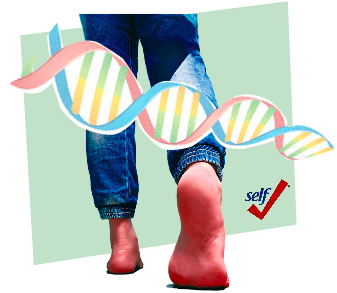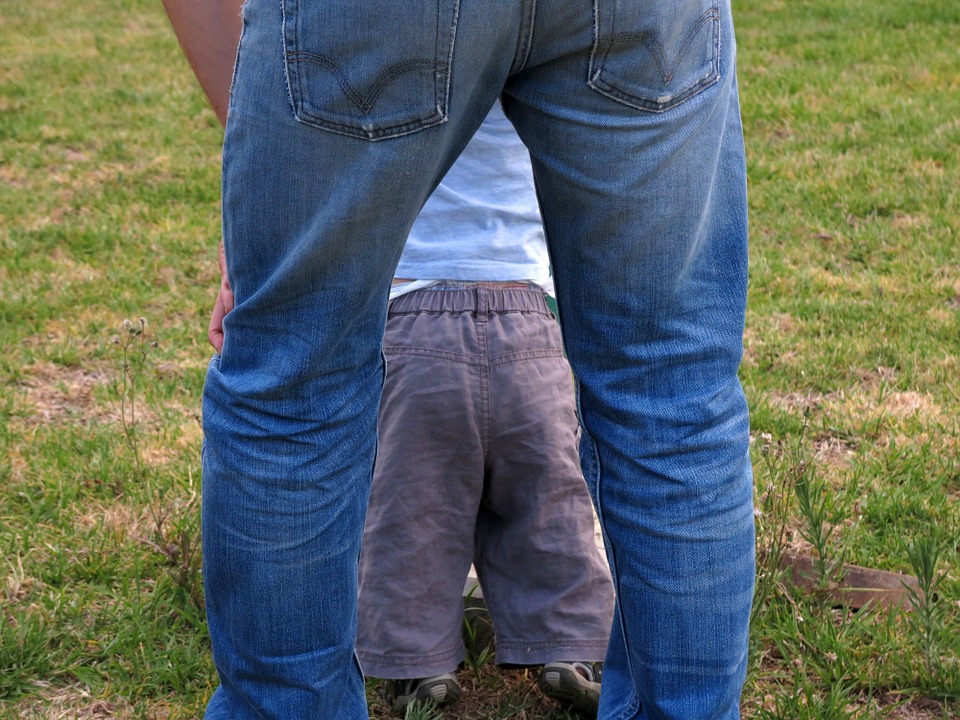Assess Your Risk For Obesity
- Measure your BMI (Body Mass Index). Your body mass index measures how much body fat you carry in proportion to your height and weight. It applies to both adult men and women and can be applied to children. Your BMI doesn’t just indicate whether you’re overweight or obese, it’s also one way to assess the potential health risks associated with carrying excess pounds.
- Measure your waist circumference. Measuring waist circumference is important because abdominal fat is a predictor of risk for obesity-related diseases. If most of your fat is around your waist rather than at your hips, you’re at a higher risk for heart disease and type 2 diabetes and should be tested by your health professional for both.
To correctly measure your waist, stand and place a non-stretchable tape measure around your middle, just above your hipbones. Measure your waist just after you breathe out. Now measure your hips. See placement of tape in diagram below.












